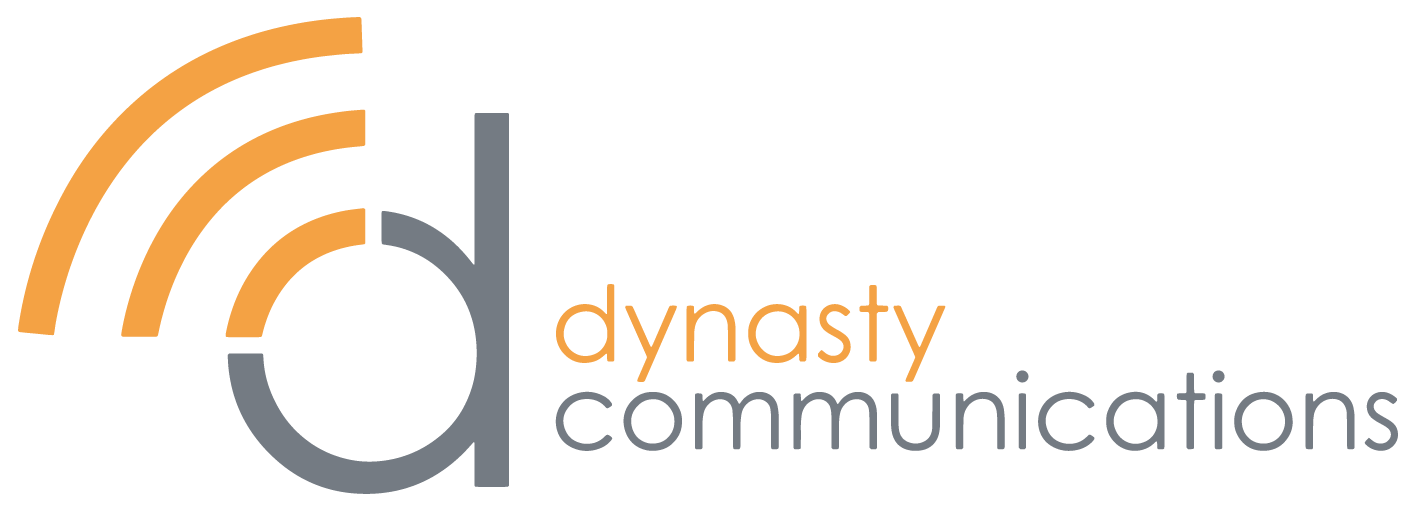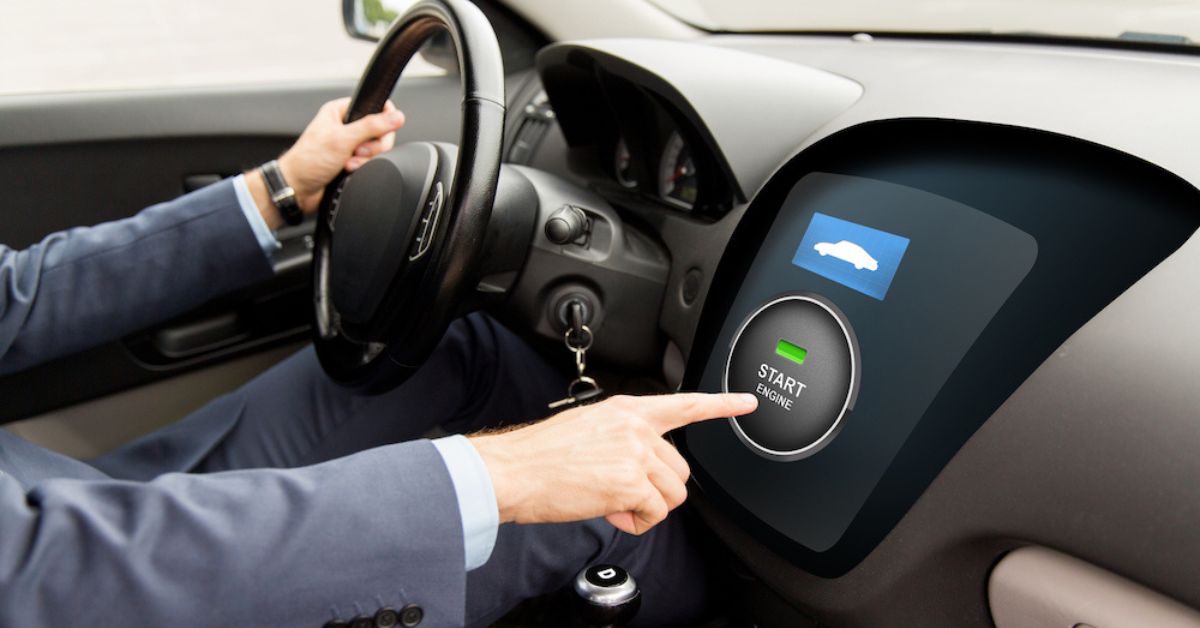One thing is constant in technology: advancement. With shifting traditions and trends in the world, technological advancements are also in the race to pace well with increasing competition. Although innovations and breakthroughs are common across all industries, logistics, and transportation are prominently exhibiting phenomenal progression. From the creation of electric and hybrid vehicles to drone deliveries, we see exemplary finesse technology has been contributing to these industrial operations.
Among all these developments, a tool stands noticeable as a means to bring transportation to novel boundaries: THE TELEMATICS DEVICE. This data-driven technology has been making significant strides, be it seamless navigation from telematics systems or robust vehicle security measures.
Based on the systematic structure of receiving and sharing data, it is quickly becoming a medium for enhanced progression across industries. If you, as an individual or a business, are interested in telematics systems, this read is dedicated to you.
Introducing Telematics Device
Telematics software is a high-tech piece of technology that combines telecommunications and informatics to gather, transmit, and receive data. These devices are commonly used in vehicles, but their applications extend far beyond transportation. Telematics systems are designed to collect and process information, enabling real-time monitoring, analysis, and communication.
How Telematics Devices Work
Telematics gadgets leverage a combination of hardware and software to function seamlessly. The hardware typically includes a GPS (Global Positioning System) receiver, sensors, and a communication module. The GPS receiver allows the device to determine the precise location of the vehicle or asset, while sensors collect data on various parameters such as speed, fuel consumption, engine health, and more.
Data Collection
Telematics is all about data, and communication is a vital part of this technology. The communication module enables the telematics software to transmit and receive data. Common communication technologies include cellular networks, satellite communication, and short-range radio frequency (RFID). The choice of communication method depends on the specific use case and the environment in which the telematics tool operates.
Processing
Once the telematics device for car or any other vehicle or asset collects data, it transmits this information to a centralized server or cloud-based platform. The software side of telematics involves data analysis, interpretation, and presentation. Users can access this information through web-based interfaces or dedicated applications, gaining valuable insights into the performance and status of the monitored entity.
Applications in Transportation
Telematics has revolutionized the way we manage and monitor vehicles, making significant contributions to the transportation industry. Fleet management systems, like Geotab tracking, for example, heavily rely on telematics systems to track the location of vehicles, optimize routes, and monitor driver behavior. This not only enhances operational efficiency but also promotes fuel efficiency and reduces maintenance costs.
Besides fleet businesses, telematics products are also contributing greatly to an individual life. For instance:
If you use a telematics device for car, it can help you not only with route optimization but also against vehicle theft. The telematics sensors and connectivity with users’ devices can easily assist in locating the precise destination of the vehicle and traffic management through real-time data sharing.
Moreover, if you have a motorbike, you can bring enhanced fuel efficiency to your commute. The trackers and GPS monitoring enabled by Telematics can also provide you with significant information concerning riding behavior, vehicle maintenance, and much more. In essence, a telematic device for a motor vehicle is your best guide for your vehicle’s health and cost-effective riding.
Telematics-Based Insurance Programs
The integration of telematics in vehicles has also led to the development of usage-based insurance programs. Insurance companies can track driving behavior, such as speed, braking patterns, and mileage, to tailor insurance premiums based on individual risk profiles. This not only benefits insurers but also incentivizes safe driving practices among policyholders.
Beyond Transportation
While transportation is a primary domain for telematics instruments, their applications extend into various other sectors. In agriculture, for instance, telematics is used to monitor the performance of farming equipment, track the movement of livestock, and optimize irrigation systems. This data-driven approach enhances agricultural productivity and sustainability.
In the healthcare industry, telematics systems play a crucial role in remote patient monitoring. Wearable devices equipped with telematics technology can transmit vital health metrics to healthcare providers in real-time, enabling timely interventions and personalized care. This has proven particularly valuable in managing chronic conditions and ensuring the well-being of patients, especially in remote or underserved areas.
Telematics Devices and Smart Cities
As cities worldwide strive to become smarter and more efficient, telematics systems are becoming integral to urban infrastructure. Smart city initiatives leverage telematics technology to monitor and manage traffic flow, reduce energy consumption, and enhance public safety. Intelligent transportation systems equipped with telematics software contribute to the development of interconnected urban structures.
In public safety, emergency services use telematics tools to improve response times and optimize resource allocation. A telematic device for a motor vehicle or any other asset can transmit real-time data about their location and status, allowing emergency responders to navigate efficiently and coordinate their efforts effectively.
Conclusion
To sum up, telematics devices represent a transformative force in our increasingly connected world. By seamlessly integrating telecommunications and informatics, these devices empower industries to gather, analyze, and utilize data in ways that were once unimaginable.
From optimizing transportation systems to revolutionizing healthcare and contributing to the development of smart cities, telematics is becoming an eminent source of technological innovation.
The data security concerns, however, are considerable and require to be regulated with strict and foolproof approaches. With effective planning and execution, we can expertly leverage the myriad of benefits this unique innovation offers, creating new horizons of data-driven excellence.

